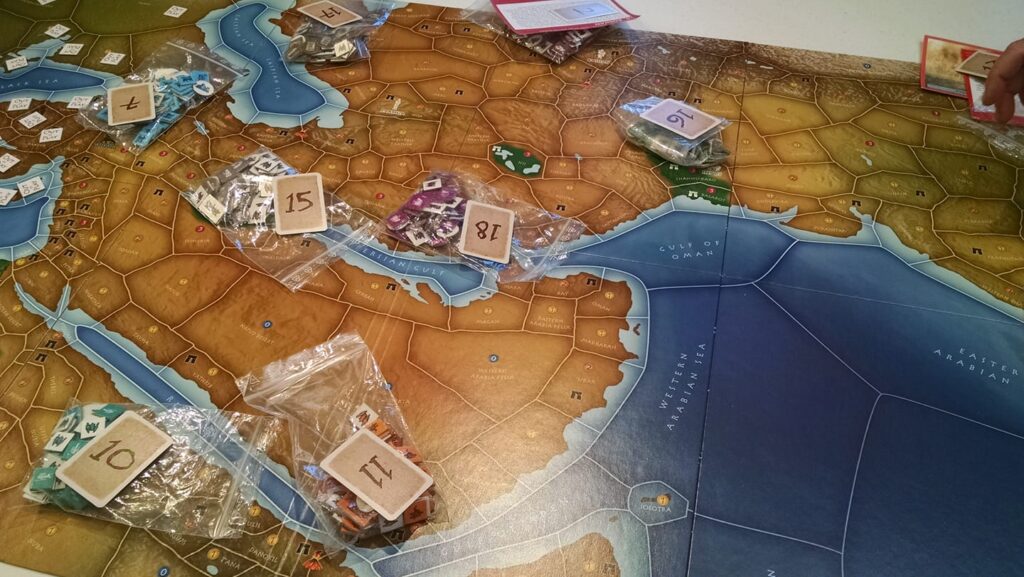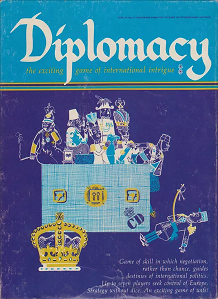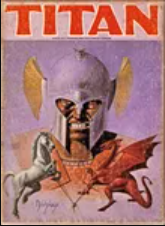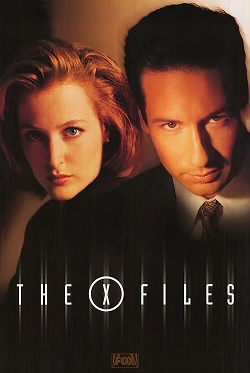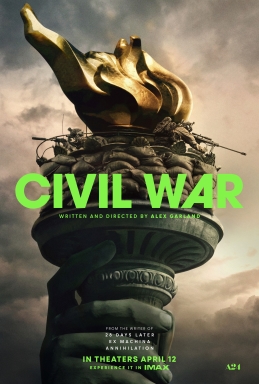SNL 50, Featuring the Prophet Archetype in the Crisis Era
Last weekend we watched the latest episode of Saturday Night Live, proudly in its 50th season. We didn’t watch it live, but on the Peacock streaming service, on Sunday evening. The host was the very talented Arianna Grande (b. 1993), of the Millennial generation, and the musical guest was Baby Boomer Stevie Nicks (b. 1948).
In her opening monologue, Grande joked about not wanting to upstage the musical guest, but then promptly burst into song. She is an amazing singer, as well as an amazing actor, and I was honestly worried she would be a hard act for the septuagenerian musical guest to follow.
Well, I shouldn’t have been worrying, because Nicks stepped up with a powerful performance of her song “The Lighthouse,” a political anthem and call-to-action, written after Roe v. Wade was overturned. Dressed all in black, on a barely lit stage, she embodied the dark and foreboding mood of her generation, which has always been at the forefront of angry political protest.
They’ll take your soul, they’ll take your power
Unless you stand up and take it back
Try to see the future and get mad
In the generational theory I often advocate on this blog, the Boomer generation, of which Nicks is a member, has the Prophet archetype – moralistic, values-obsessed, known more for words than for deeds. And with her long, flowing gray locks, Nicks sure looked like a Prophetess as she sang out her warning cry.
Now in elderhood, Boomers are facing their final chance to impress upon younger generations the importance of their message. You can feel the sense of urgency in Nicks’s lyrics.
It’s slipping through your fingers, you don’t have what you had
You don’t have much time to get it back
A video of the performance follows, with full lyrics (the closed captions on YouTube are a bit off). This is really just so Boomer generation. EDIT: The SNL video is not available any more so I switched to the official music video.
I have my scars, you have yours
Don’t let them take your power
Don’t leave it alone in the final hours
They’ll take your soul, they’ll take your power
Don’t close your eyes and hope for the best
The dark is out there, the light is going fast
Until the final hours, your life’s forever changed
And all the rights that you had yesterday
Are taken away
And now you’re afraid
You should be afraid
Should be afraid
Because everything I fought for
Long ago in a dream is gone
Someone said the dream is not over
The dream has just begun, or
Is it a nightmare?
Is it a lasting scar?
It is unless you save it and that’s that
Unless you stand up and take it back
And take it back
I have my scars, you have yours
Don’t let them take your power
Don’t leave it alone in the final hours
They’ll take your soul, they’ll take your power
Unless you stand up and take it back
Try to see the future and get mad
It’s slipping through your fingers, you don’t have what you had
You don’t have much time to get it back
I wanna be the lighthouse
Bring all of you together
Bring it out in a song
Bring it out in stormy weather
Tell them the story

